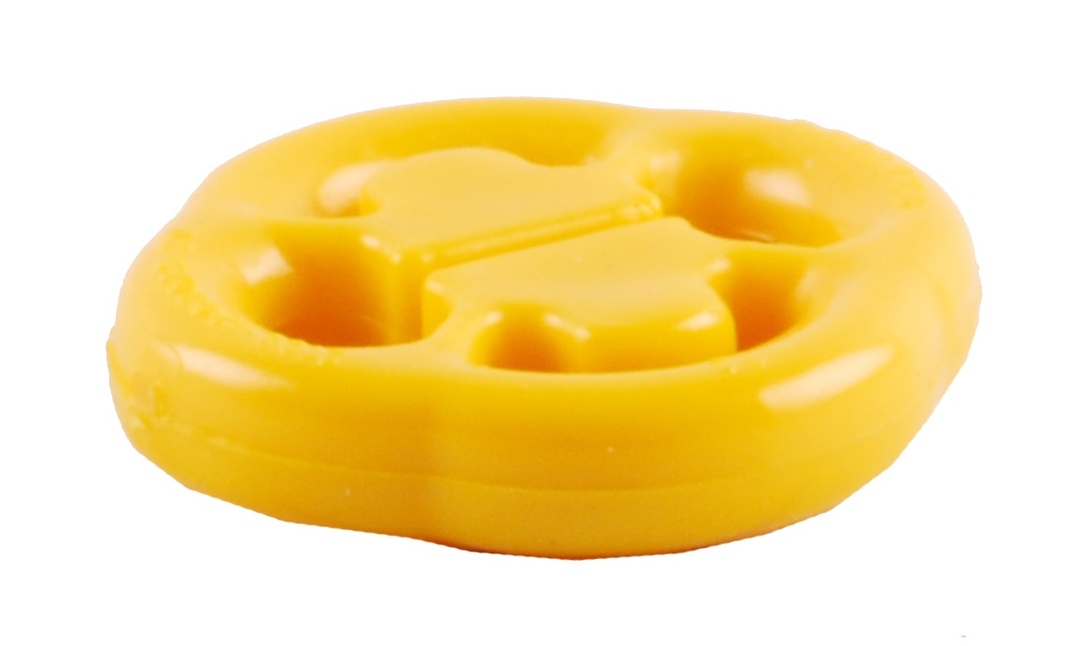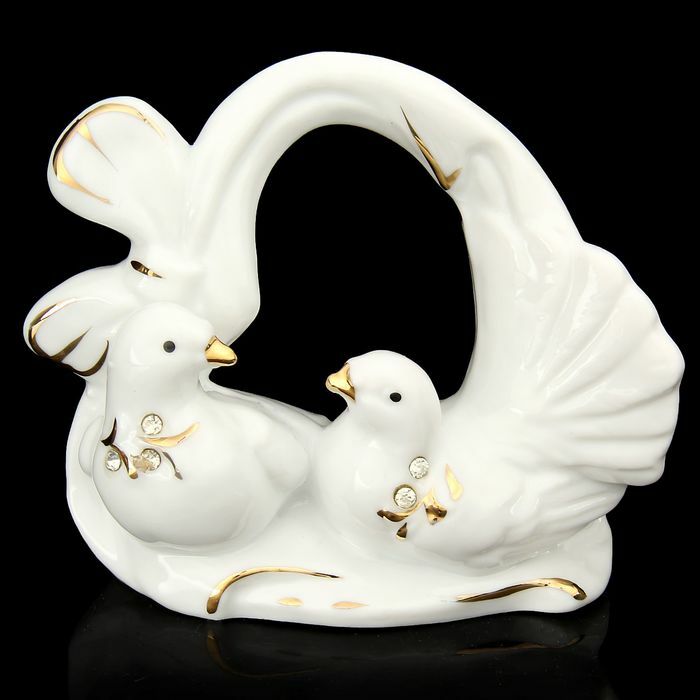Metal furnace, which is most often equipped with steam rooms, are a threat to humans. At the very least, the lack of protection leads to discomfort holidaymakers. Protective shield for the furnace bath makes the procedure safe and allows you to adjust the temperature in the room.
There are several options for solving related to high temperature heat generator problem. In some cases, additional protection and do not need - a certain category of ovens models already escaped. In other cases, the best solution - the use of brick protection.

Why and when you need a shield?
The heat from the furnace is transferred to the person and the surrounding objects in two ways:
- by means of air; heated air transfers the heat generated;
- by means of infrared radiation.
People will only fit the first option - it is safe and comfortable. Taking a bath procedures, you can always quickly and easily raise the temperature in the steam room. It is enough to moisten the stones. But, unfortunately, we have to deal with infrared radiation. The latter is characteristic of all hot objects.
of bath oven temperature reaches 300-400 degrees and above. At such a high temperature, the metal walls formed powerful flow of infrared radiation that can cause burns. The problem is particularly acute for small home bath, which flow from the negative nowhere to hide.
Furnaces mid-price category in many cases equipped with a convection metal protection. Expensive models are shielded ceramic or stone facing, plays, besides, decorative role. But inexpensive and "artisanal" model of thermal insulation is almost never have.
Brick (or, less preferably, metal) protection is required in the following cases:
- when the housing is freestanding oven does not covered metal;
- if factory screening done poorly and poorly protects against heat radiation;
- if the heat generator is equipped with a covering, but is too close to a wall made from combustible material; since most of the walls in steam rooms, wooden, protection is necessary in most cases.
Situations where stoves entirely made of bricks, are rare. Such designs are bulky, therefore, require voluminous space. Much more often we are dealing with small-sized pair for which the validity of the above situation.

Important! In defense need not only people, but also the walls, if the latter are made of combustible materials.
requirements SNIP
According to the SNP, the minimum distance from the furnace wall to be as follows:
- to unprotected walls - 0.5 m;
- to the walls with thermal - 0.38 m;
- to the opposite wall - 1.25 m.
Obviously, the small pair observance of building regulations is not always possible. Therefore Display device vital in 90% of cases.
Advantages of the brick screen

Brick screens for sauna stoves preferable others for the following reasons:
- Brick - it's full of infrared radiation protection;
- Brick finishing is characterized by heat resistance - wooden walls, screened brick partitions, are protected from fire and charring;
- bricklaying different thermal capacity, high emissivity; bricks accumulate heat, followed by a long and evenly gives its surrounding area;
- protection of bricks you can do yourself - for this purpose in many cases, do not need high qualifications;
- method does not require large financial investments - available to any masonry;
- brick can play the role of a decorative element; protection design can be varied, so the art of the screen component can be tailored to the interior of bath and personal tastes.
Which brick is preferable?
Bricks can be different. It is better to use the ones that have the most suitable properties.
Remember! Not suitable as a lime-screen (white). Material, based on lime, under the influence of a constant temperature and humidity fluctuations quickly lose strength, crack or even collapse.
Recommended for the construction of full-bodied ceramic protection used (red) brick. It is characterized by:
- heat resistance;
- thermal containers and excellent heat transfer;
- aesthetic execution; using materials facing varieties, you can achieve a very attractive design.

Hollow "ceramics" with a similar structure is also well suited for the stated purposes. However, it distinguishes a shorter period of operation due to response to fluctuations in temperature and less heat accumulation.
Can I put the fireclay bricks? Yes, he, too, will serve as a good protection. But its use is often impractical. The high cost of the material and not so high heat capacity makes fireclay less preferred option.

Note! Fireclay brick expedient for the screen device in rooms designed to a higher temperature.
Types of brick walls
Anyway, any brick heat shield performs the function of a barrier between the heat source and its surroundings. But the purpose of protecting some variability. Depending on the specific task, the barriers can be divided into 3 categories:
- fire screens; their erected between the furnace and the walls of combustible material; such structures protect the walls from the fire; the distance between elements governed by the relevant standards;

- shielding baffle; Their goal - to protect the people from the heat flow and infrared radiation;

- decorative elements; in addition to the main purpose of such independent designs are interior design elements; in such cases are not limited to primitive masonry - do partition in aesthetic, and often exclusive, design.

Sometimes the difference between categories is blurred. If the heat source is made artisanal, more often even ordinary masonry artistically enhance the interior. As for antipozharnogo screening, it is necessary to any wooden (or wood veneer) bath. Yes, according to standards, combustible walls of the furnace in the bath and can protect the metal sheet. But in decorative terms last a very long way from the brick design.
Recommendations for the device brick screens
Brick screen weighs a lot, so you need to take care of a solid foundation. If the protective circuit is high, up to a ceiling requires reinforcement of the foundation.
Remember! The base screen and the oven should be common and reliable enough to withstand the weight of tens of bricks.
Recommended reinforced concrete foundation. If the oven is tiny, and the protective "cover" short, small claims to the base.
Recommendations relating to the screen device of bricks:
- You do not need to put a brick close to the stove; between elements should be indented - 5.10 cm; due to the distance of a possible air circulation - it provides more rapid heating and heat transfer; no indentation leads to the fact that the first (and long) warms up the screen, and after a brick gives heat of the steam room;
- between the masonry and the wall also requires clearance of at least 5 cm; wooden wall will protect it from excessive heating; moreover, since heat, again, going faster; but also between non-combustible wall and the screen should be left away - it will do in the winter without condensation, which occurs due to temperature differences;
- in the lower ranks of the brick to do the gaps; sometimes they do throughout the area of the screen with certain intervals; gaps enable air circulation and allow to regulate the rate of heat; openings can be closed doors - because of them thermoregulation becomes more convenient;

- top of the screen should be above the furnace, but is not obliged to extend to the ceiling.
Important! Ventotverstiya required. Without them, it can not complete air circulation. Variability only their number and location.
Laying preparing a mixture of sand, clay, cement and water. Average ratio of the components is:
- Clay - Part 1;
- sand - 2 parts;
- cement - 10-20% of the total volume of the preceding components; M400 cement used;
- Water - at the discretion; the solution should be such as to not scattered, and did not spread.
Number of the cement depends on the load, which is obtained by some or other structural elements. For vertical partitions, and enough 10%, and, for example, for the arch elements require more binder.
Usually used in a half-brick masonry with standard chess ligation. Thickness of the screen is enough for optimal, comfortable heat. If you need a more rapid heating of premises, brick put on an edge. And vice versa - if the oven is too powerful, and require capacious accumulation with prolonged thermal effects, partitions thicken.
conclusion
Install a protective screen to the bath - the question of security of people and buildings. There are various options for thermal performance, but the barrier of the brick is characterized by the optimal settings. Simple clutch is easy to make your own hands, it is inexpensive and effective.
Without shielding can only do large bath complexes. Small baths require mandatory installation of contour protection. The given recommendations will help to protect yourself and others from the negative effects and make termopotokov bath procedures helpful and pleasant.



